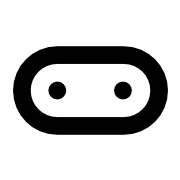Introduction to Python Classes
Classes in Python are a fundamental part of object-oriented programming, allowing developers to create reusable and organized code structures. They follow a definition format similar to other object-oriented languages, enabling the encapsulation of data and functionality. Key features include:
- Public and Private Members: Members of a class can be designated as public or private, controlling their accessibility from outside the class.
- Inheritance: Python supports inheritance, allowing new classes to extend existing ones, promoting code reuse and logical hierarchy.
- Constructors and Methods: Classes can have constructors to initialize objects and methods to define behaviors.
Use Cases
- Software Development: Organize code into classes for better maintainability.
- Game Development: Use classes to represent game entities like players and enemies.
- Data Modeling: Create classes to model real-world entities in applications.

